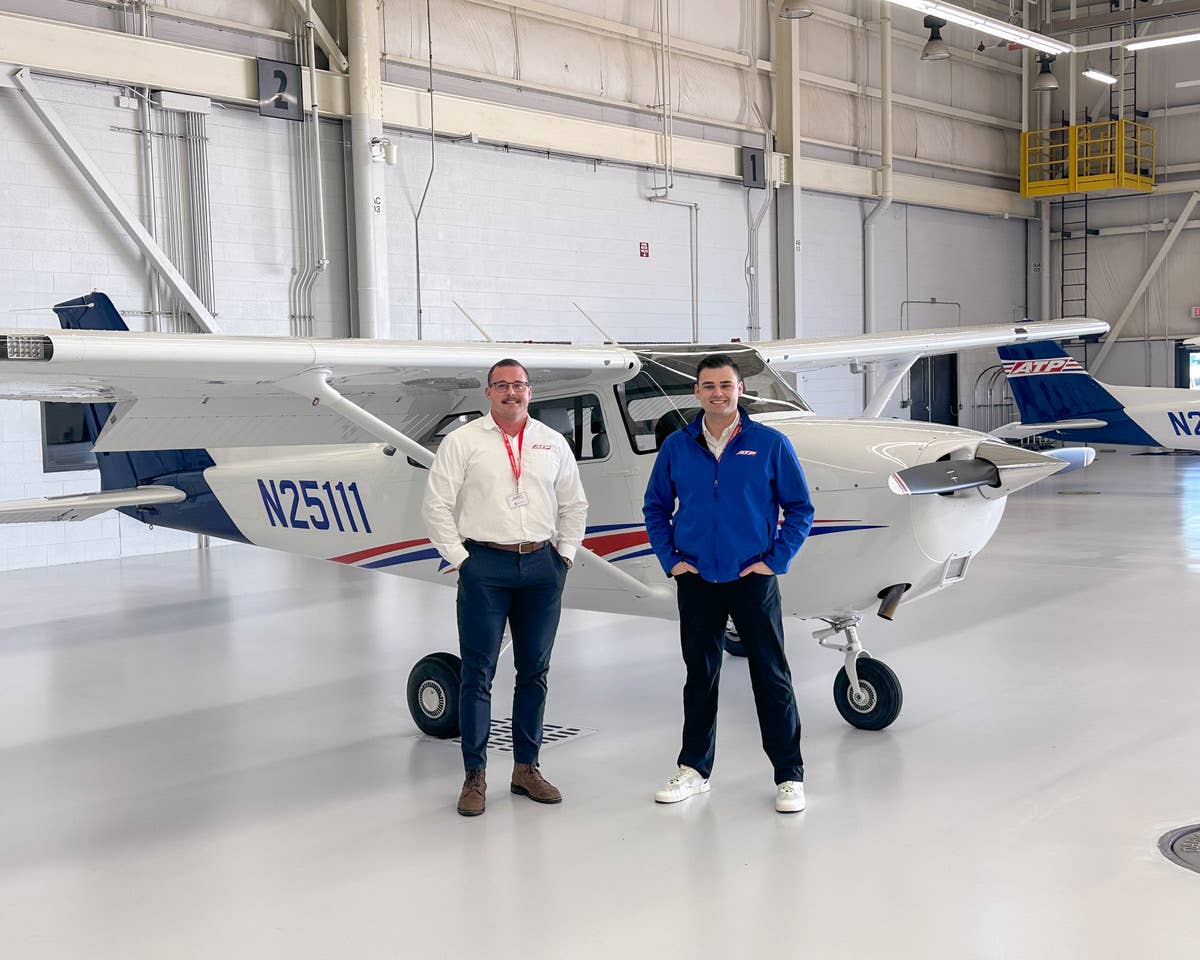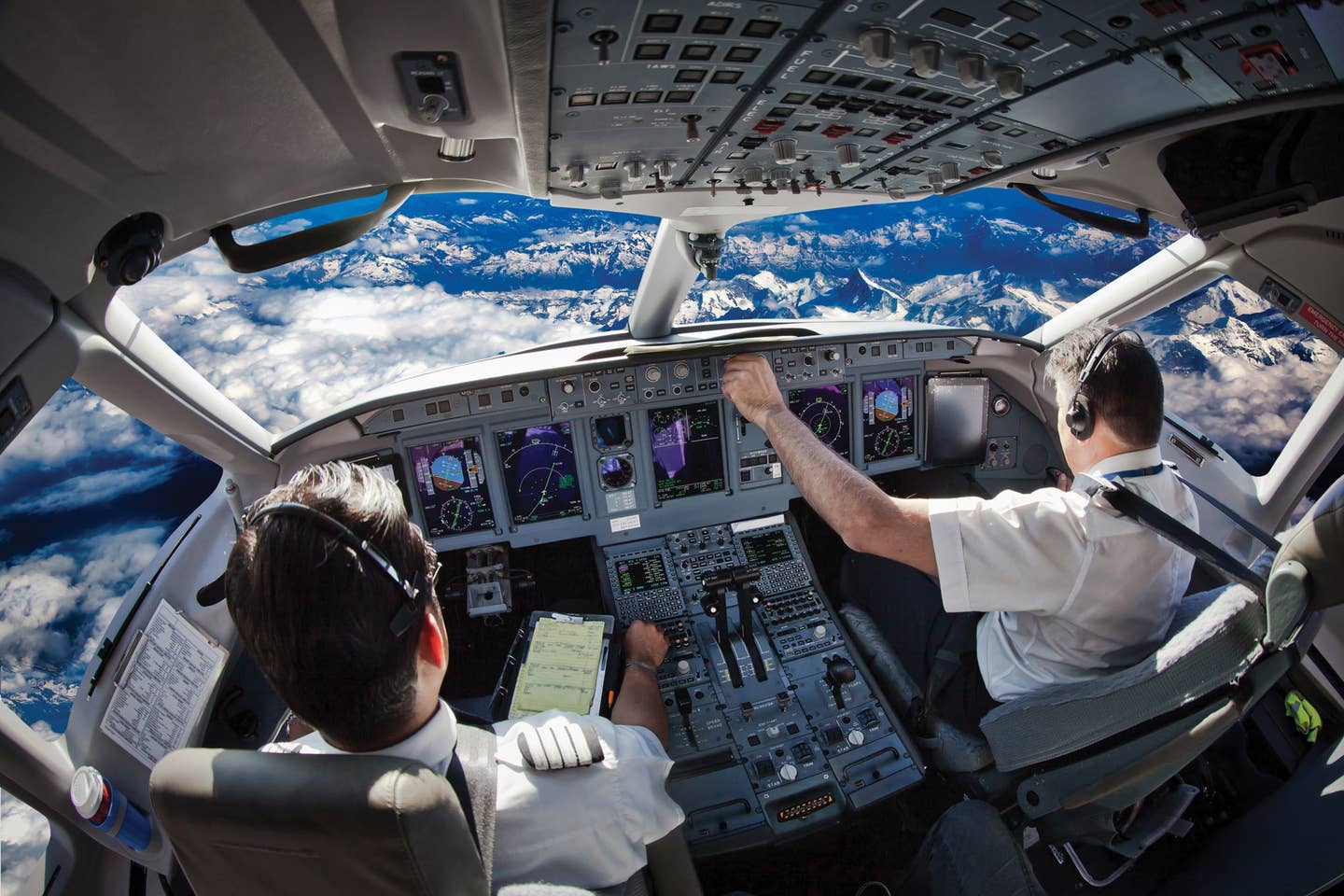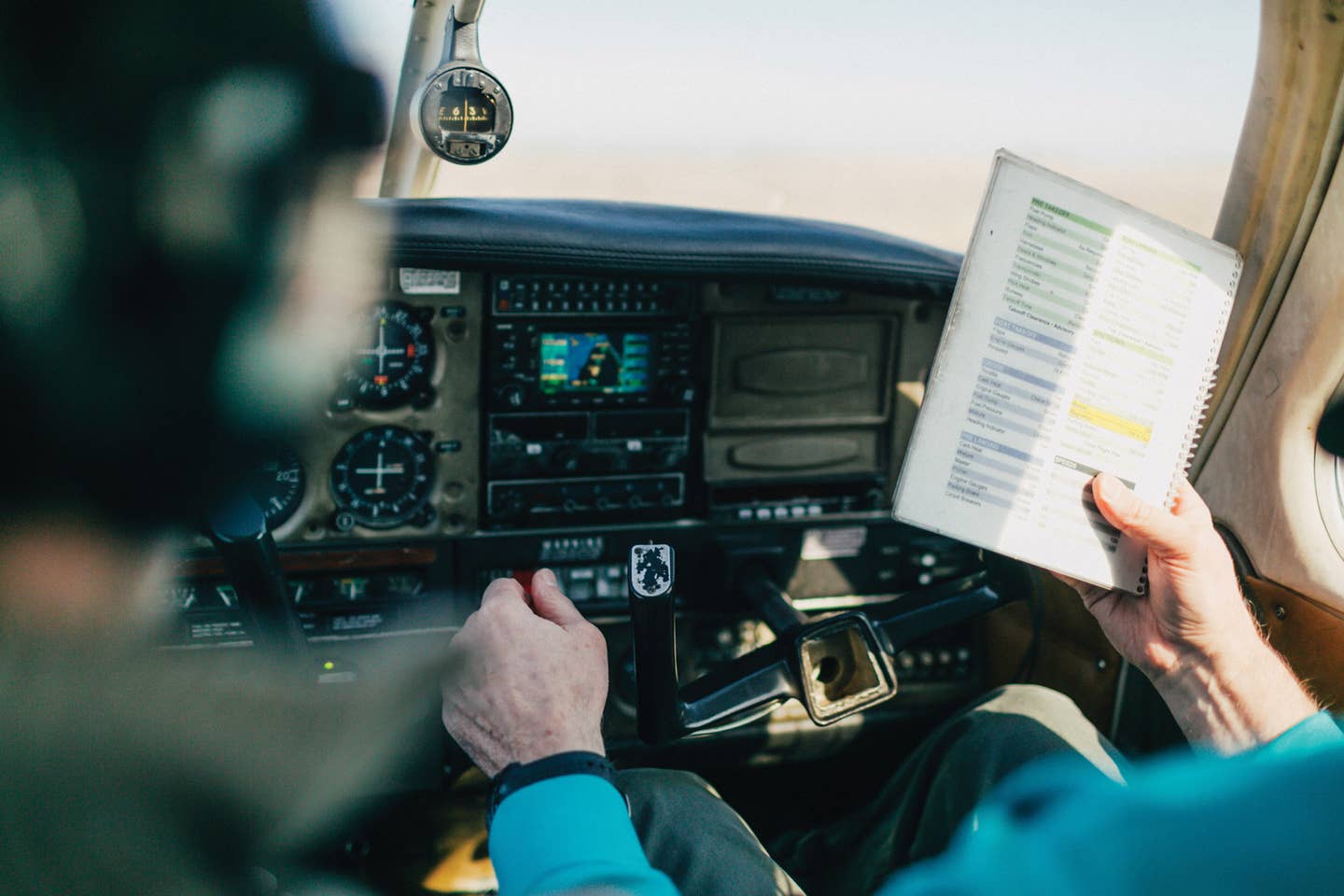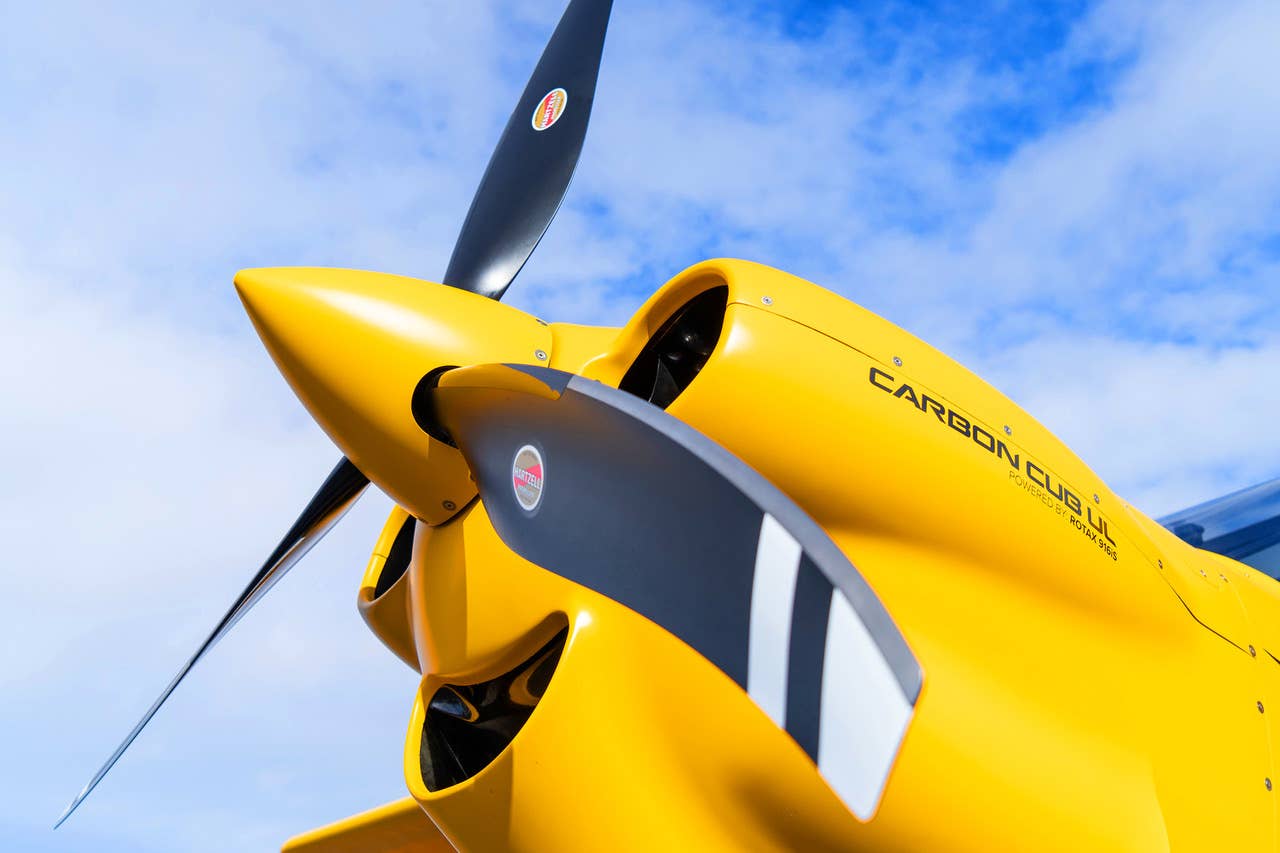Aviat A-1C Husky
1 Uninjured
The pilot reported he was practicing touch-and-go landings. When the airplane touched down on the runway, the airplane veered to the right, he applied left rudder, but had applied too much and the airplane veered to the left. The pilot reported that he applied right rudder, but had once again used too much and the airplane ground-looped to the right, and departed the runway surface. The left main landing gear collapsed and the left wing impacted the ground. The airplane sustained substantial damage to the left aileron.
The pilot reported that there were no preimpact mechanical failures or malfunctions with the airframe or engine that would have precluded normal operation.
Probable Cause: The pilot's failure to maintain directional control during the landing roll, which resulted in a ground-loop.
Beech S35 Bonanza
2 Fatal
On the day before an air race competition, the accident pilot and another pilot decided to execute a practice circuit of the race course in their airplanes. As the two airplanes entered the course, the accident airplane was behind the other airplane. After they passed the first course waypoint, the accident pilot radioed the other pilot and stated that his airplane's engine had lost power and that the airplane was going down.
No further communications were heard from the accident airplane.
Witnesses observed white smoke coming from the underside of the airplane before they lost sight of it. Examination of the accident site indicated that the pilot was attempting to land on a gravel road when the airplane impacted a steel pole adjacent to the road and traveled about 200 yards before coming to rest inverted.
Examination of the engine showed that the No. 6 connecting rod failed due to oil starvation. The oil starvation resulted from movement of the No. 4 main crankshaft bearing to a position where it blocked the oil transfer passage to the No. 6 connecting rod.
The engine thru-bolts were improperly torqued by unknown maintenance personnel, and this allowed the No. 4 main bearing movement to occur. In addition, disassembly of the engine revealed that unapprovedpistons had been installed. However, the unapproved pistons were not related to the engine failure.
Probable Cause: Improper engine assembly by unknown maintenance personnel, which resulted in the failure of the No. 6 connecting rod due to oil starvation from the shifting of the crankshaft's No. 4 main bearing.
Cessna 150 Commuter
1 Uninjured
The owner of the airplane reported that the solo student pilot told him that the airplane "bounced upon touchdown." He further reported that the solo student pilot executed a "go-around," and "determined the climb out rate was insufficient to clear the trees and the airspeed and altitude were insufficient to permit a safe course adjustment to avoid the tree line." The airplane touched down on a field with "plowed soft soil," the nose wheel collapsed, and the airplane nosed over. The airplane sustained substantial damage to the right wing, the vertical stabilizer, and the rudder.
The owner did not report any preimpact mechanical failures or malfunctions with the airframe or engine that would have precluded normal operation.
Probable Cause: The student pilot's failure to achieve an adequate climb rate while turning to avoid obstacles during an aborted landing, resulting in an uncontrolled descent, collision with terrain, and a nose over.
Piper PA34 Seneca
2 Uninjured
The pilot reported that during a cross-country flight at night, he was attempting to deviate due to deteriorating weather. During which, he failed to maintain terrain clearance and the airplane contacted the top of a tree. The pilot subsequently landed the airplane uneventfully at an airport about 23 miles away from where the tree contact was made. Examination of the airplane by a Federal Aviation Administration inspector revealed damage to the wings and windshield. The inspector did not observe any preimpact mechanical malfunctions, nor did the pilot report any.
Probable Cause: The pilot's failure to maintain altitude in cruise flight due to his diverted attention, which resulted in controlled flight into terrain.
Want to learn more about pilot safety and GA accident prevention? Visit our GA Accident & Pilot Safety archive.

Subscribe to Our Newsletter
Get the latest Plane & Pilot Magazine stories delivered directly to your inbox






